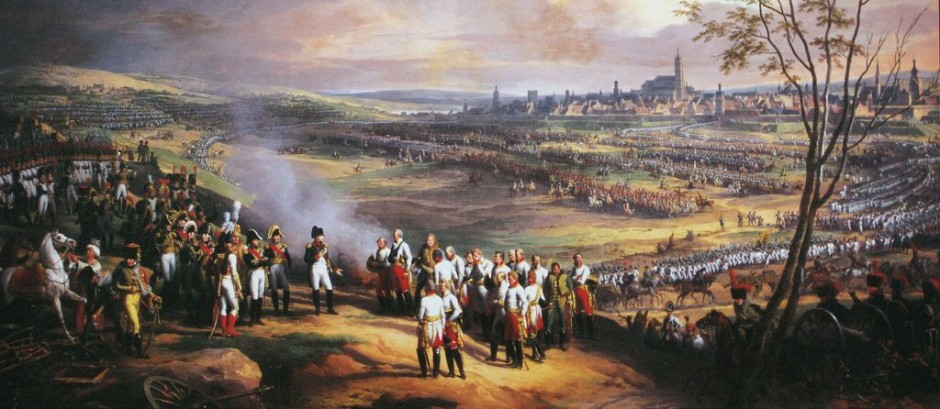Source and evidence: Students need to understand that it is through the interrogation (or asking questions) of sources that historical evidence is produced. A source, therefore, is anything that has the potential to answer questions that historians pose about the past. When historians draw on that potential, we have what is referred to as historical evidence.
Fact and opinion: The distinction here is not as clear-cut as is often assumed. (Is it a fact that Lee Harvey Oswald shot JFK?). In common parlance, one can distinguish “facts” as data that are readily proven and/or unlikely to be disputed, and “opinions” as personal thoughts or judgments of an individual writer with which other individuals might disagree. The philosopher of history, Michael Stanford, writes: “What gives the status of historical fact is the consensus of historical judgements”
Bias and objectivity: Again, the distinction is not a “black and white” one. Every account of a past event is conveyed by a subject with her/his own viewpoints. Where the viewpoint of the subject results in an account that is one-sided and excludes some of the available evidence – often to serve a political ideology or to reflect an acquired prejudice – we refer to the resulting account as “biased”. “Objectivity”, therefore, is the attempt to be as open and fair-minded as possible, taking all of the available evidence into account and resisting the temptation to focus on evidence that matches one’s own pre-existing viewpoint. The point where a personal viewpoint may be characterized as a bias is a somewhat blurred one.
Propaganda: Originally referring to the propagation of religious dogma, the term “propaganda”, in modern parlance, usually refers to the communication of messages that are designed to serve a particular ideological, political or socio-political purpose.
Thinking critically: In an historical context, as the assessment objectives make clear, critical thinking requires that judgments be made based on an evaluation of evidence, and that students be aware that evidence may be open to more than one interpretation. Learning to ask relevant questions of evidence (including the 5 Ws – What? Who? When? Where? Why?) is an important step towards the development of critical thinking skills in history. Interpretation: The judgments formed by historians/students of history based on their evaluation of evidence are what we refer to as “interpretation”. Because historians have fuller access to the sources and a greater range of skills and experience in the evaluation of evidence than other commentators, their interpretations are usually regarded as more soundly based and definitive than the interpretations of non-historians.
Types of historical sources: As students encounter different types of sources, their awareness of the different classes of document should be fostered e.g. eyewitness accounts, public records, memoirs, letters, maps, photographs, political cartoons.
Provenance: The word “provenance” refers to the origins – and originating context – of a piece of evidence, usually a document, i.e., a written or visual source. We need to consider the provenance of a document if we are to be in a position to meaningfully evaluate the evidence it contains. The 5 Ws referred to under “Thinking critically” above are a useful framework for establishing the provenance of documents.
Edited extract/excerpt: A piece from a longer document from which some words have been removed to make it more accessible to students.
Transcript: A written version of a piece of evidence that was delivered orally, or a written copy of an original document that is difficult to decipher in its original form.
Contemporary: This describes a piece of evidence that comes from the period of time to which it relates.
Reliable: To determine the reliability of a piece of evidence, students need to ask themselves whether they think the writer/artist/photographer is fair-minded. They also need to consider the provenance of the evidence.
Viewpoint: Identifying the viewpoint of the writer/artist/photographer is an important step in the evaluation of a piece of evidence. The viewpoint may be a hostile or sympathetic one, for example, or it may be ostensibly impartial. Where a viewpoint is not evident, this may be a consequence of an attempt to be impartial and objective.
Hostile: The viewpoint of a writer/artist/photographer may be described as “hostile” if there is clearly an attempt to present the subject in a negative light.
Sympathetic: The viewpoint of a writer/artist/photographer may be described as “sympathetic” if there is evidence in the source that s/he favours or is positively disposed towards the subject.
Portrayal: Students may be asked to comment on the “portrayal” of a particular person or persons in a document. The task here is to identify the viewpoint of the writer/artist/photographer towards the material that s/he is presenting.
Judgment: Judgments in history are based on an evaluation of evidence.
Evaluation: Evaluation involves the “weighing up” of evidence, to try to determine, for example, which of two pieces of evidence appears to be the more accurate and reliable. Attempts to evaluate evidence will always be constrained by factors such as: our knowledge of the provenance of a document and the purpose(s) for which it was prepared; our familiarity with the surrounding context; and our level of experience in evaluating evidence.
Compare: Identify the similarities, points of agreement.
Contrast: Identify the differences, points of disagreement.
Strengths: Ways in which a particular document or class of document may yield valuable evidence and increase our historical understanding.
Weaknesses: Characteristics of a document or class of document that require us to exercise caution in evaluating the reliability of the evidence it contains.
